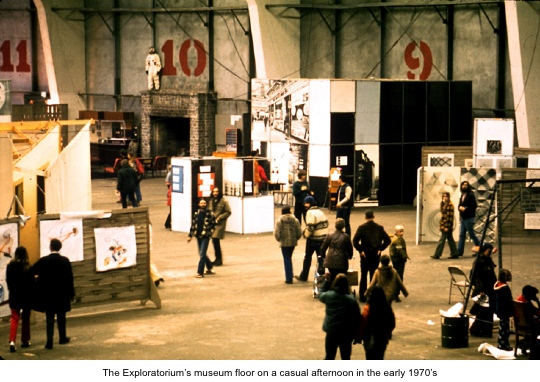 | |||
| In the process of mapping nature and substantiating this mapping, scientists have unearthed an ever increasing number of natural phenomena and processes. In fact, the previously unsuspected things that are happening around us, near and far away, inside and outside of us, minute and unimaginably large, now constitute the wonders of the world. A part of the pleasure of teaching lies in making it possible for people to appreciate these wonders. We learned, in elementary school, of Marco Polo as one of the heroes of European culture. Marco Polo went sightseeing. Darwin, during the voyages of the Beagle, was sightseeing, and after his return these sights led to the formulation of ideas that have fundamentally changed the way people view themselves and their relationship with nature. The roots of science frequently lie in sightseeing. In recent years much of high energy physics, especially bubble chamber analysis, has constituted little | more than a very elaborate form of sightseeing. The individual sights combine to form patterns, which constitute a simple form of understanding. The process continues beyond this stage as groups of seemingly disparate patterns then coalesce to form the patterns that provide the deepest insights about nature. We are exploring various forms of museum teaching and learning in the Exploratorium, but our effort would be worthwhile even if it did no more than provide some good sightseeing. Sightseeing always requires some amenities to make the sights accessible. If one is concerned with the interest and understanding of the general public then sightseeing must not require, as it did with Marco Polo, an undue amount of heroism or expense. Conventional sightseeing has been made easier by comfortable accommodations and transportation and by providing roads and trails as well as maps and guides - but what can be | ||